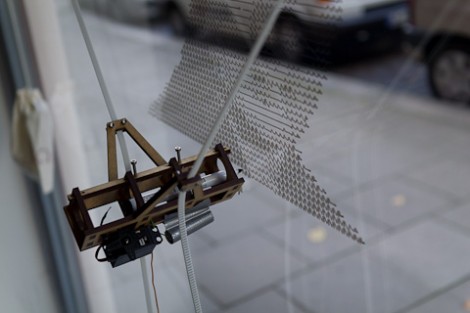As [Plasma2002] put it, “Those jumbo screens at concerts that display your text messages can be a lot of fun. Wouldn’t it be great if you could have the same thing for your own parties or social gatherings?” The answer to this question came in the form of this hack, a scrolling marquee sign that guests simply had to text to get it to display messages. Apparently guests at the party loved the device, and who wouldn’t?
More importantly for [HAD] though, is that [Plasma2002] decided to show everyone how it’s done. He gives us an overview of the process via a nicely illustrated block diagram, then breaks everything down into the actual code used. A Google voice account is used as the dial-in number and everything is kept anonymous. A “bad-word” filter is used to keep everything semi-appropriate.
Really a cool device, and one that we hope will show up at hacker’s parties everywhere. Who knows, maybe something like this could enjoy mainstream success as well. Check out the video after the break to see this device in action! Continue reading “The Partyscroller LED Display”


















